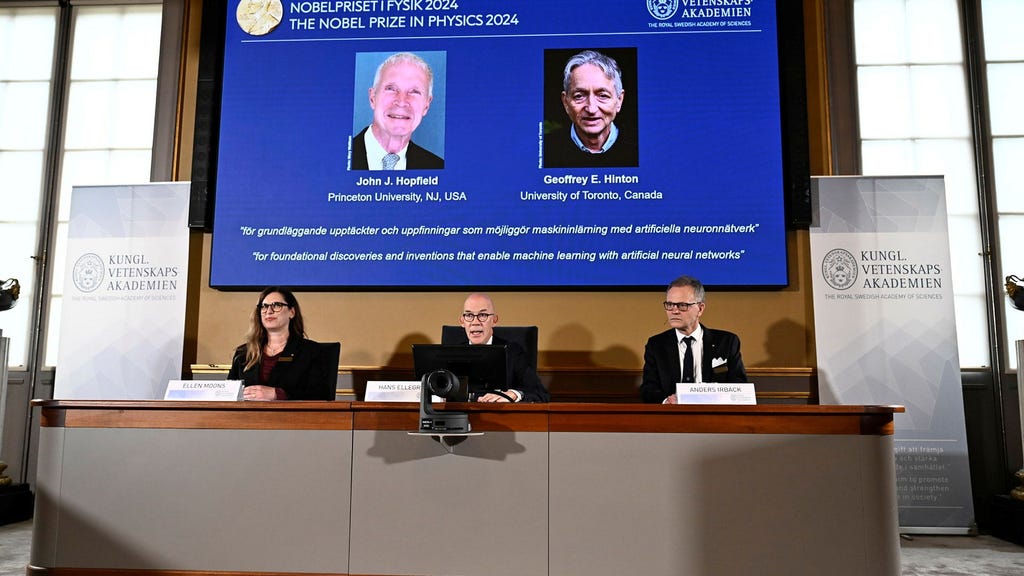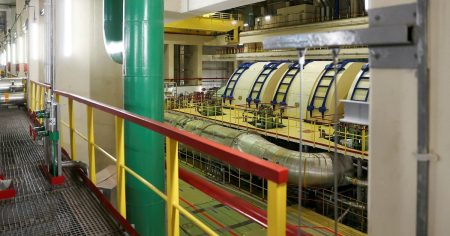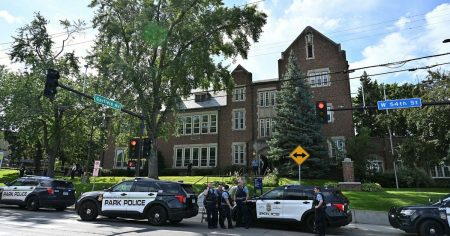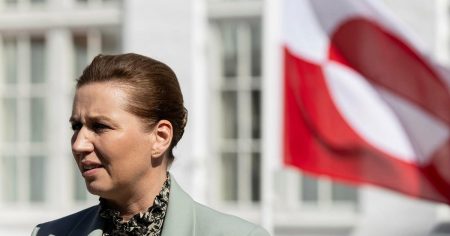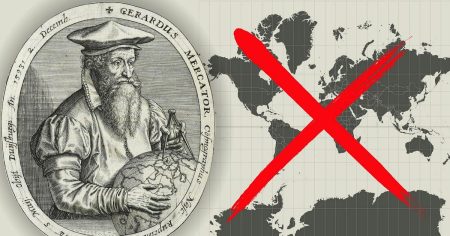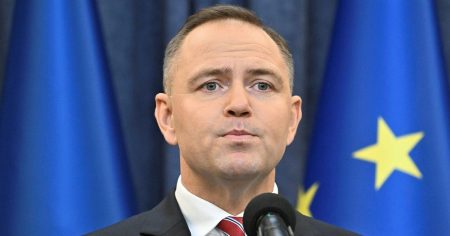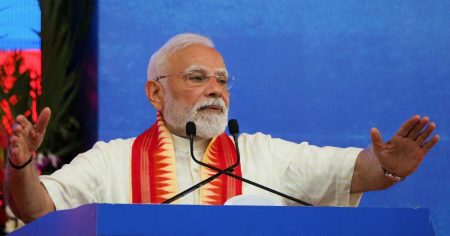Paragraph 1: The Foundation of Artificial Neural Networks
The 2023 Nobel Prize in Physics was awarded to John Hopfield and Geoffrey Hinton for their groundbreaking work on artificial neural networks, drawing inspiration from the intricate workings of the human brain. John Hopfield developed a form of associative memory known as the Hopfield network, capable of storing and retrieving images and patterns. His primary goal wasn’t to create artificial intelligence (AI) but to gain a deeper understanding of the brain’s complex mechanisms. This network, inspired by the biological neural networks in the brain, used interconnected nodes to represent information and connections between them to represent the strength of associations. This pioneering work laid the foundation for later advancements in AI.
Paragraph 2: From Hopfield Networks to Machine Learning
Building upon Hopfield’s work, Geoffrey Hinton’s research revolutionized the field by establishing the groundwork for machine learning, a paradigm shift in computer science where computers learn to recognize patterns in data or images through training rather than explicit programming. Hinton’s invention, the Boltzmann machine, exemplified this approach. Instead of being programmed with specific rules to identify a cat, the Boltzmann machine can be trained by feeding it a vast dataset of cat images. Through this process, the network develops an internal representation of "cat-like" features, enabling it to identify cats in new images with remarkable accuracy.
Paragraph 3: The Analogy to Human Learning
This learning process mirrors how a child learns to identify objects. Just as a child eventually understands that a ball remains a ball regardless of its color, size, or other variations, the Boltzmann machine develops a robust understanding of the essential characteristics of a cat. This ability to generalize from examples, a core principle of machine learning, is a crucial step towards building truly intelligent systems. Hinton’s work opened up the possibility of training computers on massive datasets, paving the way for the data-driven AI revolution we see today.
Paragraph 4: Bridging the Gap between Theory and Application
The journey from these initial discoveries to the current AI boom was a long one. While the potential of artificial neural networks was recognized early on, the computational power required to build effective systems remained a significant bottleneck. It wasn’t until the 2010s, with advancements in computing hardware and the availability of large datasets, that the theoretical groundwork laid by Hopfield and Hinton could be fully realized. This convergence of theory and technology fueled an explosion of AI research and applications, transforming various industries and aspects of our daily lives.
Paragraph 5: Pervasiveness of Neural Networks in Modern AI
Today, artificial neural networks are the cornerstone of virtually all AI applications. From self-driving cars navigating complex environments to chatbots like ChatGPT engaging in human-like conversations, and even Snapchat filters transforming our appearances, these systems rely on the principles established by Hopfield and Hinton. They are trained on enormous amounts of data, learning to discern patterns and make predictions with increasing sophistication. The ubiquitous presence of neural networks in modern technology underscores the profound impact of their pioneering work.
Paragraph 6: The Scientists’ Perspectives on the AI Revolution
Both Hopfield and Hinton have expressed mixed feelings about the rapid advancements in AI, acknowledging both its immense potential and the inherent risks. Hinton, in particular, has drawn parallels between the current AI revolution and the industrial revolution, highlighting the potential for transformative societal change. However, he has also emerged as a vocal advocate for caution, leaving his prominent position at Google to speak freely about the potential dangers. These concerns range from the misuse of generative AI for spreading misinformation to the more existential threat posed by a future superintelligence. Hopfield shares some of these apprehensions and emphasizes the need for greater control over AI systems to mitigate potential future catastrophes. Their combined contributions have not only shaped the landscape of modern technology but have also sparked crucial conversations about the responsible development and deployment of increasingly powerful AI systems.





